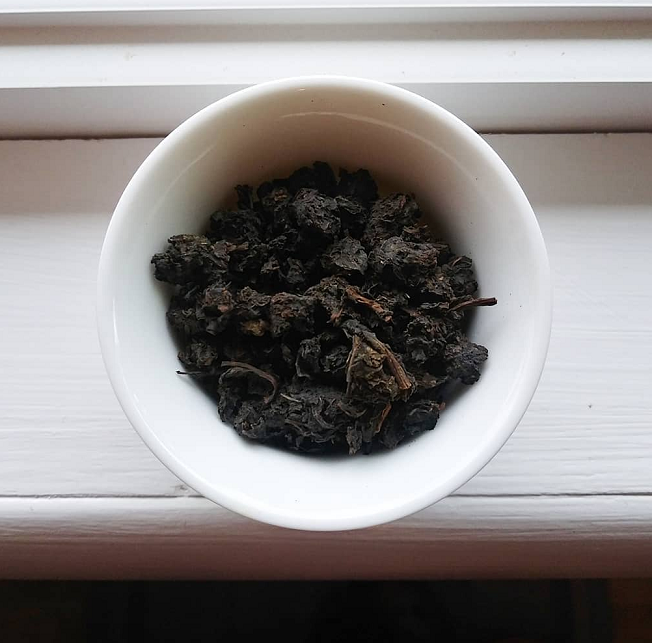If there is one prediction I never would have made for this blog in 2020, it’s that I would spend at least five articles talking about one plant. Okay . . . true, there are four hundred articles here that talk about Camellia sinensis, but this year, I started a saga on Chamerion angustifolium. Also known by the more common name: fireweed. Or in its Russian “tea” form: Ivan Chai.
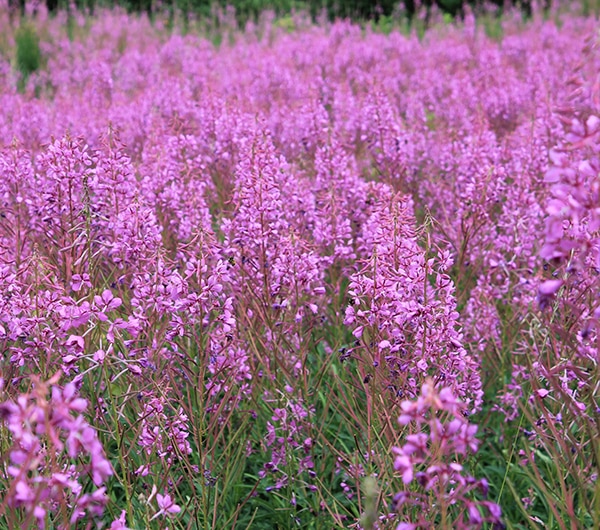
Image owned by Rus-Bay
Since March, I’ve catalogued numerous ways in which this herb is grown and processed, done terroir analyses, and even commented on how well it blends with actual tea. Through it all, there were a couple of question I hadn’t answered. How did it taste un-processed? How well did it taste young? And how well did it taste aged? Well . . . I found a small company in Moscow that—quite handily—answered all three.
Rus-Bay is a small online shop based in Moscow that specializes in just products made from fireweed. The shop is run by a web developer, Max Kirpichev, whom I had a delightful e-mail correspondence with when I asked about his vendor outfit. Max was already a fan of Chinese tea, but decided to branch out his exploration toward the national drink from his childhood. Around 2014(-ish), he pondered the idea of starting a shop that specialized in Ivan Chai, but for selling it to international consumers.
Since the shop was small, he tried many different varieties of Ivan Chai before settling on six that exemplified the diverse profiles the herb could take on. Of the ones he sent me, there were three I really wanted to feature. Not only because they were each processed (or in one case, not processed) in different ways, but they were also produced in three different years. One was produced in the spring of 2019, one from 2018, and the last was made in 2017.
For the sake of time travel, I’m going to start with the youngest.
As the name implies, this was plucked and processed in May of 2019. It was cultivated from the new leaf sprouts. So, for all intents and purposes, this was very similar in processing to a bud-heavy black tea. The difference, though? The leaf germs were cut. That isn’t necessarily a bad thing here; fireweed leaves are quite large, so (probably?) the sprouts were of comparable size.

In appearance, this looked like any other black tea made from Camellia sinensis. Even stranger, it smelled like it, too. The aroma was sweet, floral, slightly woody, and gave off Ceylon vibes.
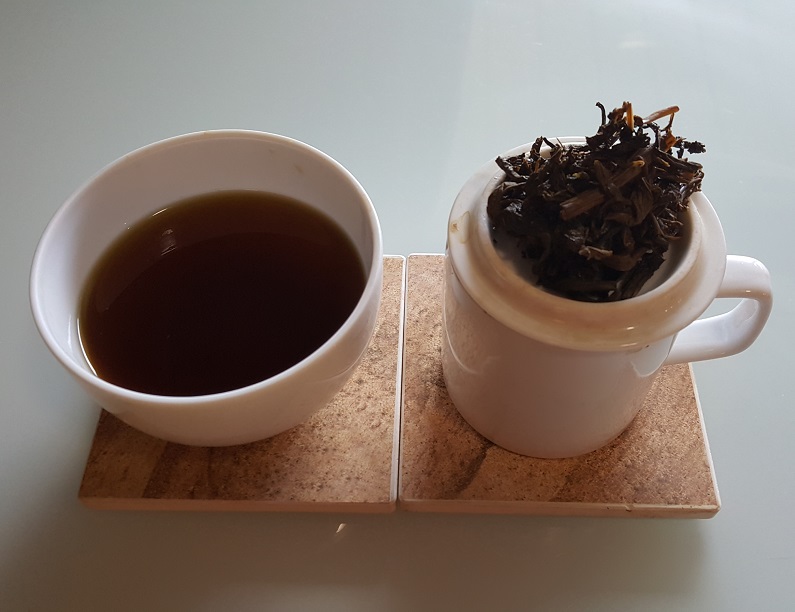
The liquor didn’t brew up crimson like a black tea, but sure did taste like one. Those Ceylon vibes translated to the liquor perfectly. When infused like a black tea—Western style—sweetness took point, followed by a honey-ish middle (a fireweed staple), and ended on an alternating floral and gentle malt note. Many a summer afternoons were spent with this one.
The second one on the docket was plucked in July of 2018 . . . and that was it. Okay, not entirely. There was one step in processing before being cut to a BOP-ish standard. The leaves were sun-dried almost like a white tea. This resulted in a dry leaf aroma that reminded me of green honeybush by way of lemon verbena. Citrus and honey aromatics played with my nostrils, but there was also an added depth to it—probably due to age.

I brewed it up like I would any old assamica white tea; 3 to 4 grams of leaf per 4oz. of boiled water, and a steep for three-to-five minutes. This resulted in a gold-to-amber liquor with a deep honey profile. Not deep as in, full-bodied, deep as in . . . wise?
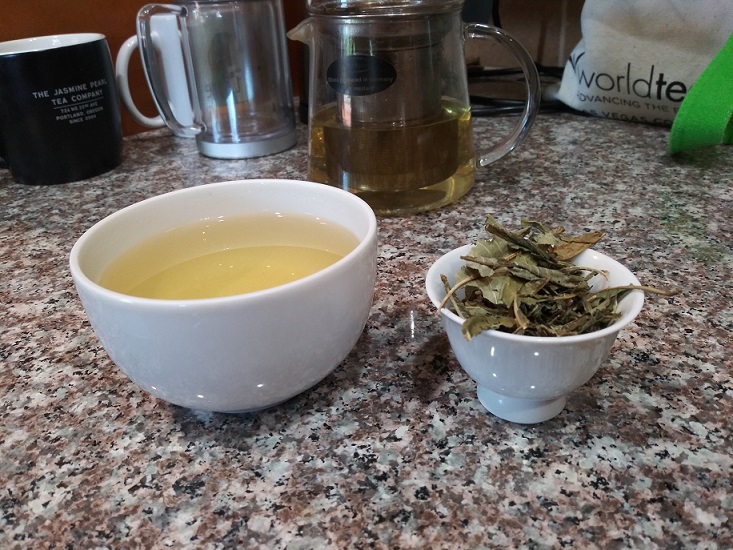
The taste reminded me of a three-year-aged Bai Mu Dan, a white tea just gaining that honey profile as it ages in cold storage. Except, I know that the honey lean comes from the natural taste of the leaves. Even when oxidized that profile shows through. It was just less refined, yet more vibrant, in the unfettered form. It even worked well iced.
This one was . . . nuts. In the best way possible. Brace yourselves.

I actually had to contact Max again to get the full story on this sucker. The pressed snails of fireweed leaf were plucked-‘n-processed in July of 2017. And unlike other forms of Ivan Chai, these were not just oxidized, they were fermented. Not in the puerh “microbial ripening” way, either; actual fermentation occurred here.
The leaves were handled in the traditional Russian way. What did that mean exactly? Well, that meant the leaves were bruised by hand before withering. Granted this is always done, even with your run-o’-the-mill oxidized Ivan Chai, but there was a difference here. Instead of automatically withering after bruising, the fresh leaves were left to stew in their own juices before withering. This allowed the natural yeast on the leaves to eat the sugars present within the leaves.
Now, hold on, my brain said. Yeast? Sugars? This sounds like ethanol fermentation.
Yeah, that’s exactly what this is. The leaves were left to legit ferment and create alcohol. After that stage occurred, the leaves were spread out in a thin layer (sorta on top of each other), so that they created a consistent sheet, and then they were wrapped with a thin cloth to retain shape. For a few days, these leaf-roll-ups were left in the sun. Finally, they were cut in to individual, snail-like sections, and given a final drying. This resulted in . . . a tea experience I’ve never had before in my life.
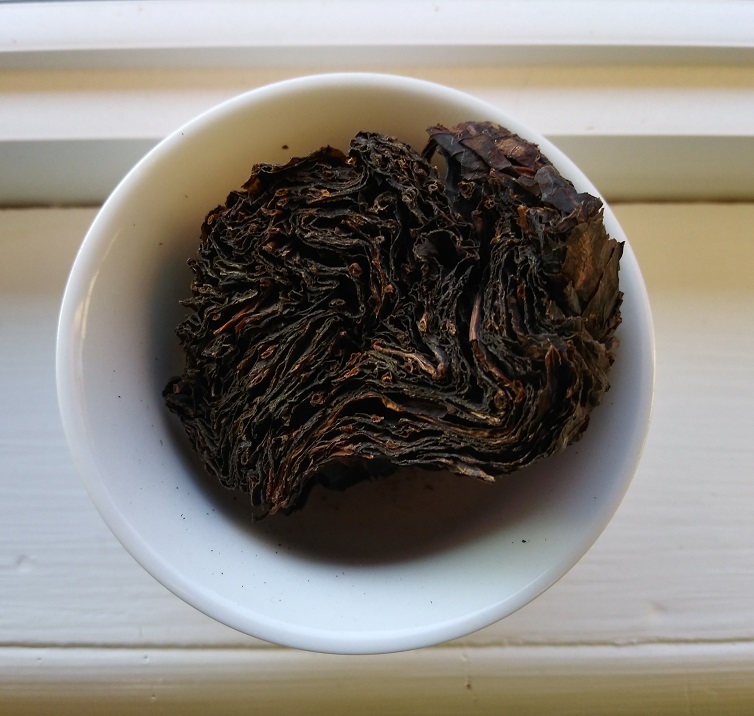
The site recommended using one snail and a 500ml teapot. I did exactly that and infused the leaf-snail until the liquor darkened.
Basically, I followed Max’s YouTube video on how to brew it.
Following a five-minute steep, the finished brew was . . .
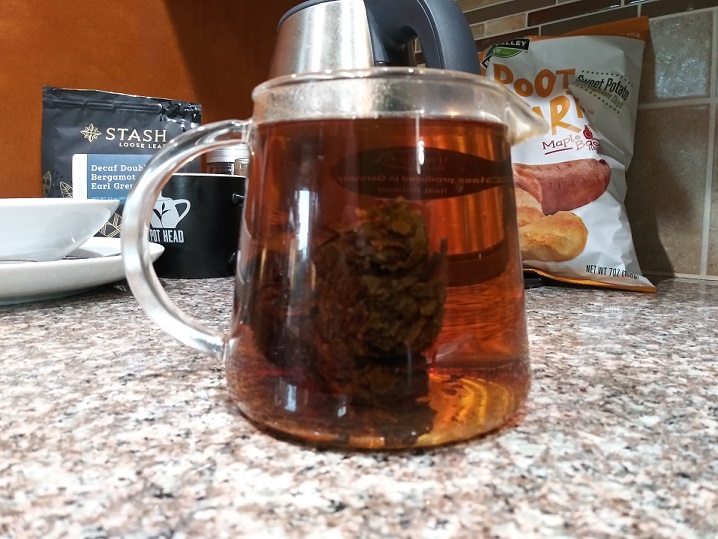
Insanely good. Beyond any herbal infusion experience I’d ever—well—experienced. The craziest thing about it was the taste. It reminded me of a Spanish or Irish coffee. The full body was like coffee, the bite was like whiskey. I even had to ask Max if this had been aged in a liquor barrel or something. He said all that was done to it was the fermentation. Somehow, after the drying phrase, it still kept the liquor lean in the aromatics.
No alcohol, but some of the lovely kick. No side-effects. Seriously, it doesn’t. I had to consult with my tea scientist comrade—Eric Scott—just to be on the safe side. He explained how all that worked and assuaged my fears.
No wonder Russians fell in love with this damn plant.
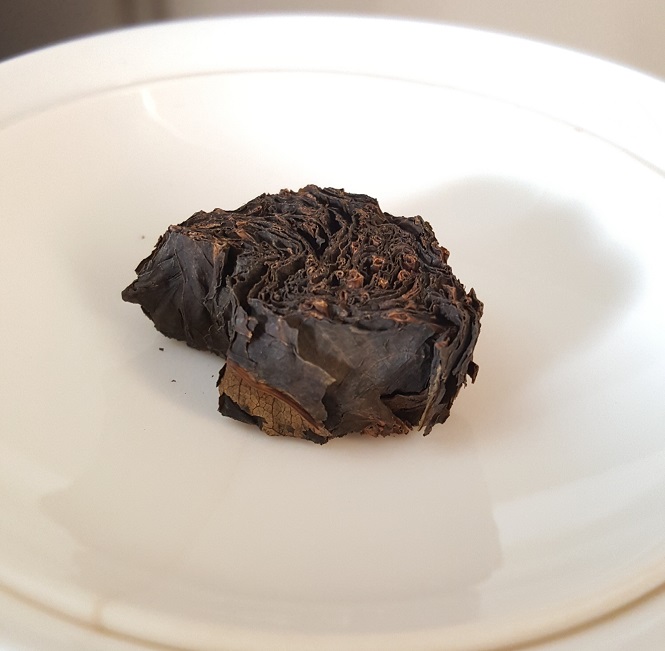
With some of the smaller snail chunks, I tried to gong fu it a bit.
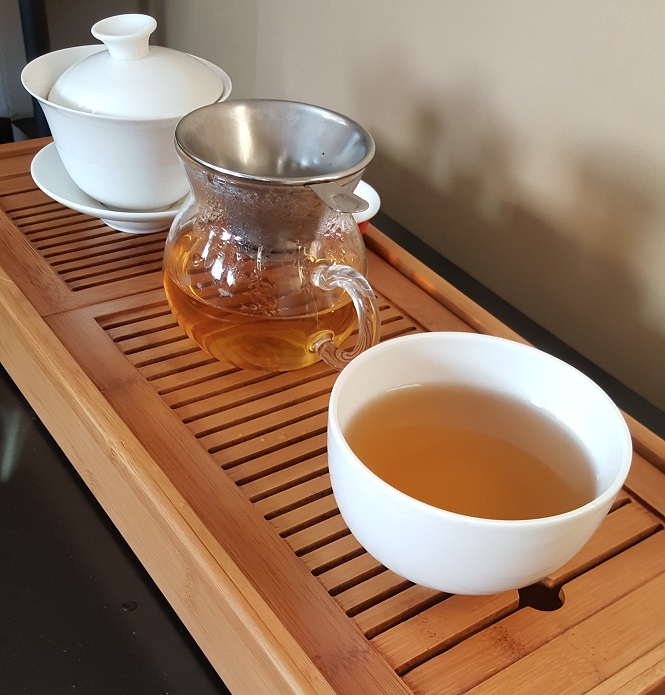
Not quite as successful as the potting method, but still delicious. At shorter infusions, it reminded me of an aged oolong, due to a distinct plum-to-prune note. Not nearly as strong on the liquor bite. Both methods worked splendidly. So much so . . . that I ordered two more bags of the stuff prior to this write-up. (Just in case.)
Over the last six months, Ivan Chai has replaced regular, caffeinated tea as my morning cuppa. I read somewhere that caffeine in the morning was a bad idea; that it messed with a person’s cortisol levels if consumed shortly after waking. It was best to wait a couple of hours before partaking. With Ivan Chai, that wasn’t a problem. It gave me my tea fix, and—somehow—I felt energized after imbibing it.
It truly is a weird, wonderful herb. I know I’ve said it before, and I’ll say it again. And I guess, for now, my Ivan Chai saga draws to a close. That is, unless I find another unusual way it’s made. Maybe there’s an Ivan Chai oolong look-alike out there?
Oh wait . . .
To buy the Maisky Fireweed, go HERE.
To buy the Green Fireweed, go HERE.
To buy the Fireweed “Snails”, go HERE.

